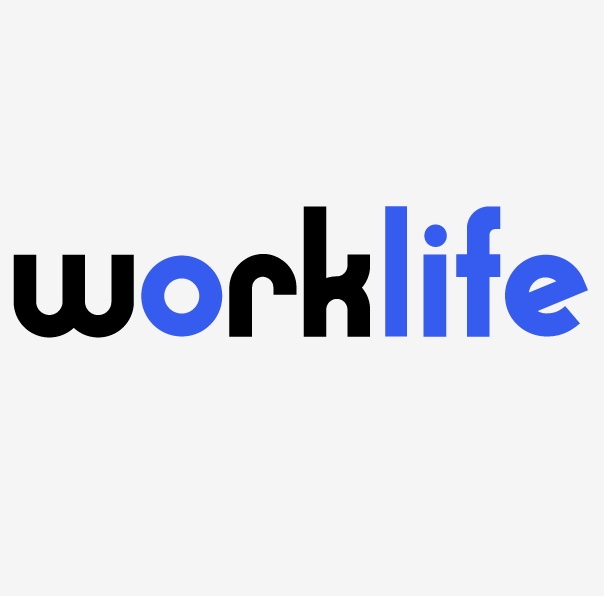We didn’t realize just how much the Treasury Department dislikes lawyers and accountants, but we do now. On the Friday evening of Memorial Day Weekend, Treasury issued the 14th new set of PPP interim regs, creating a different form of long weekend for some of us. Just for that, we’re not paying our taxes until July! Oh yeah, never mind. Before delving into the minutia, let’s start with some COVID crimes about which you should be beware.
That’s right, in this, the first in our series, CSI: COVID Scam Investigations, we tell the story of a relentless HR professional whose determination resulted in a CSI arrest. Many of you likely had or will have employees who say they can’t come to work because they’ve got the virus, symptoms or been exposed and will collect some form of economic benefits during leave. While most will likely be truthful, the Americans with Disabilities Act allows employers to insist on medical documentation–if you don’t get it, you should continue to insist because you may discover a COVID-CRIMINAL.
In late March, an employee in Atlanta told his supervisor that his mother was exposed and had to quarantine. The boss responded that because that was low risk to the employee, he should come to work. The next day the employee began a series of text excuses for not coming in, culminating in his claim that he had tested positive. The boss asked for the test results and informed the employee that he intended to shut the plant for cleaning and require co-workers who had close contact with him to quarantine. Previously, the employer had announced it would pay for quarantine time. The employee emailed a note from a hospital stating that he needed to isolate. The note did not mention COVID or include test results. Our HR Hero of the Week, saw that the note showed a November 10, 2019 discharge. Since it was not from Wuhan General, she knew this might be a fraud. So the boss asked again for the test results with no response.
HR called the hospital phone number on the note and got the voicemail of an unidentified woman. HR then called the real hospital which revealed 2 important facts–it was not conducting COVID testing and it had no record of treating the employee. HR then called the employee who said he still didn’t feel well and intended to return to that same hospital for follow up. HR confirmed it all in writing to the employee who acknowledged receipt of the summary. That part warms our hearts. The employer ultimately terminated him, but only after spending more than $100,000 in cleaning costs and pay for quarantined co-workers. On May 14, the FBI arrested the scammer and charged him with interstate fraud (texts and emails travel interstate wires). Nailed!
There’s an apparent COVID crime wave in a certain southern city, as the day before that arrest, the FBI netted its first PPP criminal, a reality TV star from Love & Hip Hop: Atlanta. This genius certified that he needed $3.7 million of PPP funds to pay his 107 trucking company employees. Instead, he spent $85,000 on jewelry, including a Rolex Presidential watch and a diamond bracelet (for Melania?), he leased a Roll Royce and paid $40,000 in child support (so at least he’s a responsible parent) about which the FBI’s press release states: Such payments are not authorized uses of PPP funds. At least that clears up one ambiguity in the law. We actually don’t care what he did. We’re just so grateful that none of the cast of Housewives of New Jersey, Jersey Shore or any of our other upstanding reality stars were involved or maybe The Situation just hasn’t presented itself yet.
Because we’re relatively confident that most of you understand the real intended uses of PPP funds, we’ll provide the high-level view of the weekend’s most critical revised rules.
- Although the rules previously instructed that the covered period is 8 weeks from the date of disbursement, the SBA will now allow an Alternative Covered Period, which starts on the 1st day of the 1st payroll period after disbursement. So if you got your funds on April 20, rather than a June 14 end date, if your 1st payroll period started April 26, your end date can be June 20 (56 days total) and can include wages earned April 20 through 25.
- Bonuses and hazard pay can now be included in the forgiveness calculation as long as not exceeding a total of $15,385 and forgivable wage payments can be made to those still on furlough.
- An FTE reduction will not count employees who have refused offers to return at the same pay and hours, which must be in writing along with the rejection document. Also, the employer is now obligated to inform the state DOL of the rejection. We already told you how to do that in NJ, but the SBA will have instructions on its website for other states. Employees fired “for cause” will also not be included as an FTE reduction (but good luck with that).
- SBA will deduct the EIDL Advance (that immediate $10,000) from the forgiveness amount.
- Lenders have 60 days to review the Forgiveness Application before sending it to SBA, and SBA clarified that it may review any Application regardless of the amount to determine if the amount borrowed was right and the funds spent properly.
- SBA has right to review for up to 6 years, so you must keep all documents related to PPP through 2026.
Those are the highlights. There’s a lot more technical, in the weeds clarification.
We’ll leave you with one more potential COVID crime. While some employees have already sued their employer for violating OSHA for not providing sufficient PPE, one law firm employee doesn’t seem to want any, as he recently wrote on Facebook:
Do I have to show the lame security guard outside of a ghetto store my CV19 test result? I will show him my Glock 21 shooting range results with … hollow points… They have reached the limit. I have more power than they do…they just don’t know it yet.
How about showing him your SAT test results too. This genius got fired from a Texas firm no less. More on the return to work coming up.









